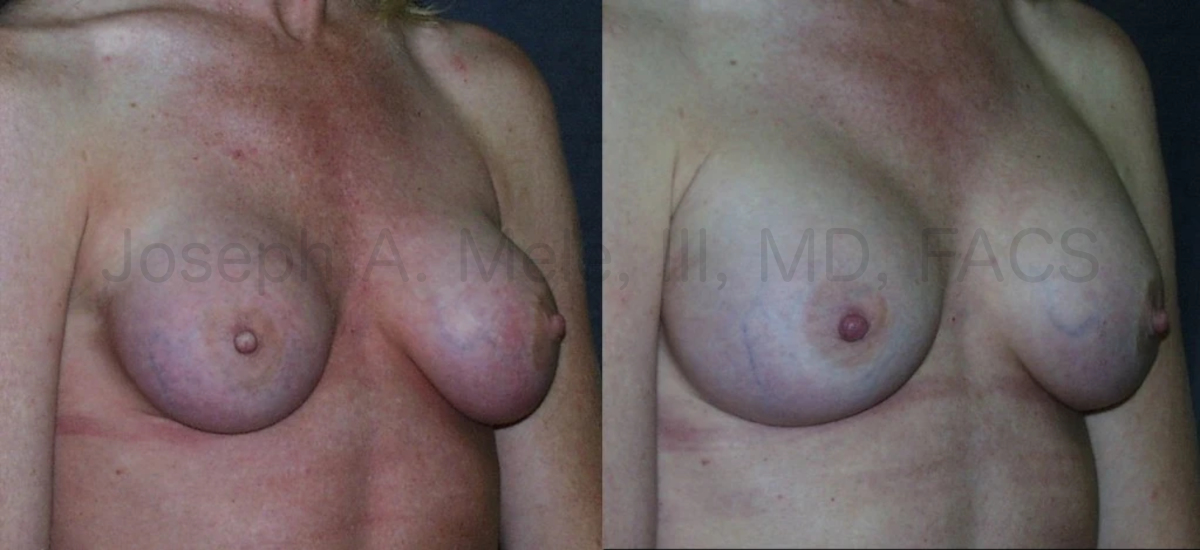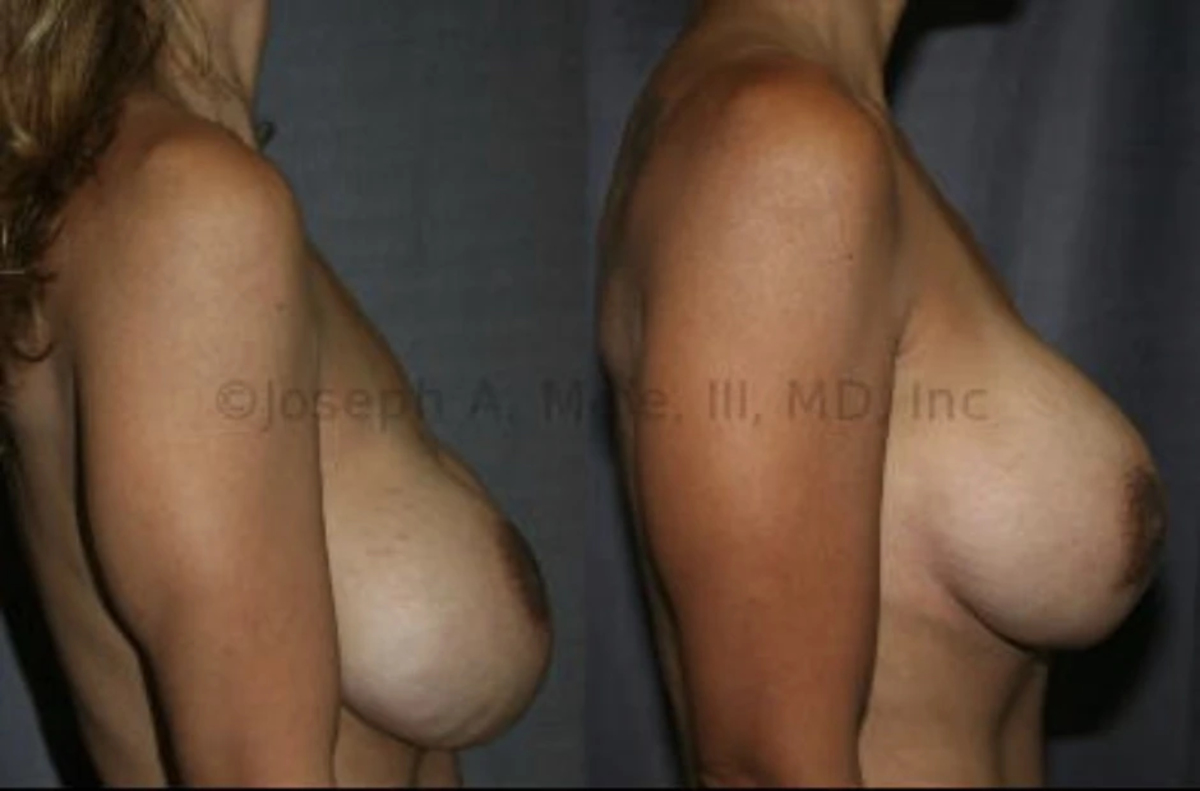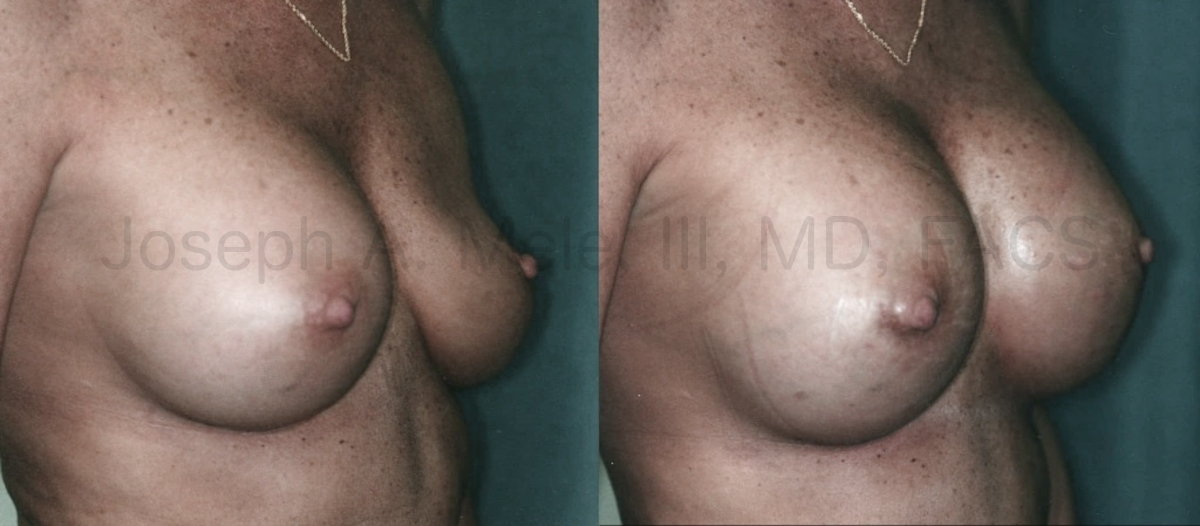Breast Implants have come a long way over their 60 years of existence. They are available in a wider range of shapes, volumes and profiles than ever before. The shells are stronger, more impermeable and contain more cohesive, yet softer gels. The variety in shapes alone has improved the Plastic Surgeon’s ability to custom fit the augmentation to a woman’s desires. While today’s implants are truly superior, they are still not considered lifetime devices and require maintenance from time to time. Studies show Breast Augmentation Revision rates can be as high as 36%. So, why is Breast Implant Revision Surgery done?
Breast Augmentation Maintenance
There are three reasons for Breast Augmentation Maintenance:
- Changes related to the Breast Implants
- Changes related to the Breast Tissue
- Changes related to the Patient Goals
Breast Implant related revisions include Capsular Contracture, Breast Implant Deflation and Breast Implant Malposition.
Breast Tissue related issues include breast sagging, changes in breast volume and the general changes related to aging, changes in weight and pregnancy. These are issues which occur in women with or without breast implants.
Another third of breast revisions are volitional. In these cases, there is no physical problem. The most common revision related to a change in Patient Goals is to accommodate the desire for a larger or smaller augmentation.
Today, I will discuss the changes related to Breast Implants that lead to Breast Augmentation Revision Surgery.
Breast Implant Maintenance
Breast Implants are one of the simplest medical devices, yet are the most investigated. As a result, we have good data on how long they last and how they fail. The three most common reasons for Breast Implant Revision Surgery are:
Each topic includes more information than I can include in a blog post, so I have added links above to more information on my San Francisco Breast website.
Breast Revision – Capsular Contracture

Capsular contracture squeezes the breast implants, making them appear smaller and feel harder. The red color is not unusual in grade III and IV contractures. After the capsulectomy, the breasts have a more natural shape and feel.
Capsular Contracture research shows patient, surgeon, and implant factors all contribute to its formation making its treatment challenging. The capsule is important for maintaining the beast implant in its proper position. Without a pocket of scar around the implant, it would be free to move around. On the other hand, when the pocket is too tight or thick, the breast can become hard and its shape distorted.
Treatment normally involves modifying the capsule and restoring a healthy pocket for the breast implant. The capsule is surgically divided or removed to open the contracted space, and the implant may need to be replaced. The goal is to create an aesthetically pleasing breast which is soft and ideally located on the chest.
Breast Revision – Implant Malposition

The bigger the breast implants, the more gravity pulls. This patient had here bottoming-out revised by tightening the capsule. Sometimes the repair requires additional reinforcement.
Breast Implant Malposition is when the implant moves from the ideal position. Capsular Contracture is a common reason for this, but a thin capsule, muscle motion, too large an implant or an implant placed in the wrong position can all be causal.
The treatment for Breast Implant Malposition will depend on the cause, but the goal remains the same — to restore the implant to its aesthetically ideal position. There are three aesthetics to consider. From specific to global they are:
- The ideal position to centralize the nipple
- The ideal position on the chest
- The ideal proportion (size) for the body
Sometimes all these goals align. Sometimes these are three different ideals.
Breast Revision – Implant Rupture/Deflation

Even a small hole in the shell of a saline breast implant allows the saline to leak out. The body will absorb the saline, leading to empty upper pole. The saline in a great implant is the same as the saline given intravenously for hydration. Both implants were replaced and refilled.
Breast Implant Deflation or Rupture is an absolute indicator for breast revision. For silicone gel filled breast implants, an MRI, or high definition ultrasound is used to confirm a rupture, while saline breast implants go flat and can easily be diagnosed on physical examination.
Revision of a broken implant always involves removing the implant and as much of its contents as is practical. In most cases, this is followed by replacement with a new implant. If you have older implants, more options for breast implants may be available now, so be sure to discuss this with your plastic surgeon. Many breast implant manufacturers have warranties for their devices, so be sure to ask about any benefits that might be available for you.
Breast Implant Revision Consultations
Breast Implant Revision Surgery is one of the cosmetic plastic surgery procedures we offer our San Francisco Bay Area plastic surgery patients. If you are considering Breast Augmentation Revision Surgery, call (925) 943-6353 today and schedule a private consultation appointment in our Walnut Creek Plastic Surgery Center.
Previous Post Next Post